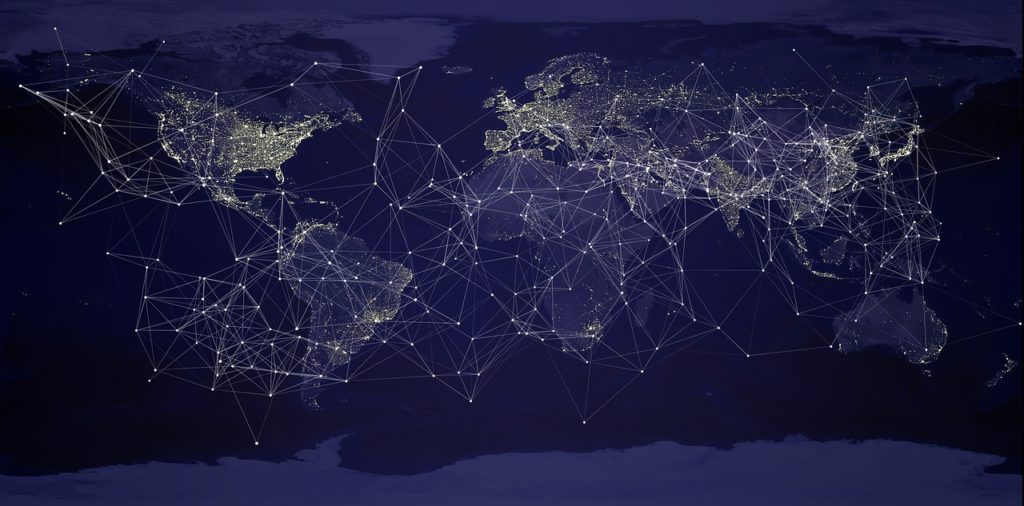It’s easy to make trade agreements, but how do you make globalization work?

When looking at how China’s economic expansion challenges American economic supremacy, the ironic takeaway is not so much how China is destroying American exports, but how the US is – in a sense – destroying China’s exports. In 1997, the Chinese currency floated at the exchange rate of 8 Chinese yuan to one US dollar. The Economist writes that the gain from a dollar spent in China was 20 percent in real terms. Even more impressive, the Economist also reported that by 2005 “China was still giving back half of its trade surpluses to the world economy. By mid-2015 China’s exports to the rest of the world were $1.3 trillion—a lot, but less than the trade surplus of $1.8 trillion with the United States.” [3]
At this point, rather than rolling up its sleeves and trying to utilize trade agreements to increase international competition, the USA is engaging in irrational protectionism and, basically, worshiping status quo economic policy. To do so, it is entertaining intellectual property (IP) violations with countries like China, rather than prosecuting international groups like China-based Huawei Technologies. And so, in those circumstances, China’s exports take off, and the United States’ exports take a hit. In the case of Motorola Mobility, the fight brought by China and its partners saw Motorola force it to pay damages of $1.6 billion, since its smartphone sales in China fell far below expectations. Why? The Financial Times tells us that Motorola locked competitors out of China by exporting its phones in rounded and monolithic flat rectangular packages. Similarly, Samsung and Apple won billions of dollars in damages in their lawsuits against Chinese exporters for producing their smartphones in the shape of rectangular boxes. Despite the breathtaking decline in trade between the US and China, China’s companies have been able to obtain bank loans from US lenders. The result is that as China’s economy stalls, its economic growth is hoisted by American trade policies.
However, this is not sustainable. From 1995-1997, U.S. gross domestic product stagnated to just 2.7 percent while the manufacturing sector slumped. Through 2000, total trade between the US and China is estimated to have shot up by 700 percent to account for more than one-fifth of China’s GDP. As a result, China and the United States diverged in their strategies to rebuild their economy. China leaned heavily on steel, car and electronics exports while the United States looked to stem its decline with imports of high-tech items such as pharmaceuticals, industrial equipment and advanced communication systems. The quest for breakthrough innovations may or may not have had something to do with the Chinese government’s ambitious efforts to create a high-tech high-speed rail system. Alas, once China moved on to this endeavor, the manufacturing sector, thus focusing on steel, aluminium and cement, saw an astounding 70 percent decline in jobs as demand eased.
As yet, China is not manufacturing anything out of such high-tech products and the major players in the industry, such as Cisco, Hewlett-Packard and Microsoft, are still global headquarters that control production. This is because of the poor state of skills within China’s manufacturing sector; growing distrust for quality in domestic manufacturing; the uneducated locals in the west and south of China seeking better jobs; and the sheer size of the domestic market in China, which is by no means a major player in the global trade of high-tech goods.
It is not so long ago that American multinational corporations feared Europe; and it is not so long ago that they feared China. As the focus is on reducing the trade deficit and insulating business from foreign policies, corporate executives are becoming less aware of the enduring and profound foreign policies of America. Therefore, they are dependent on being able to remain top of the international economic pecking order. But China has proved to be a far more competitive opponent than Europe ever was. Though no longer the center of Europe’s economic engines, China is a force that cannot be ignored or overlooked.











